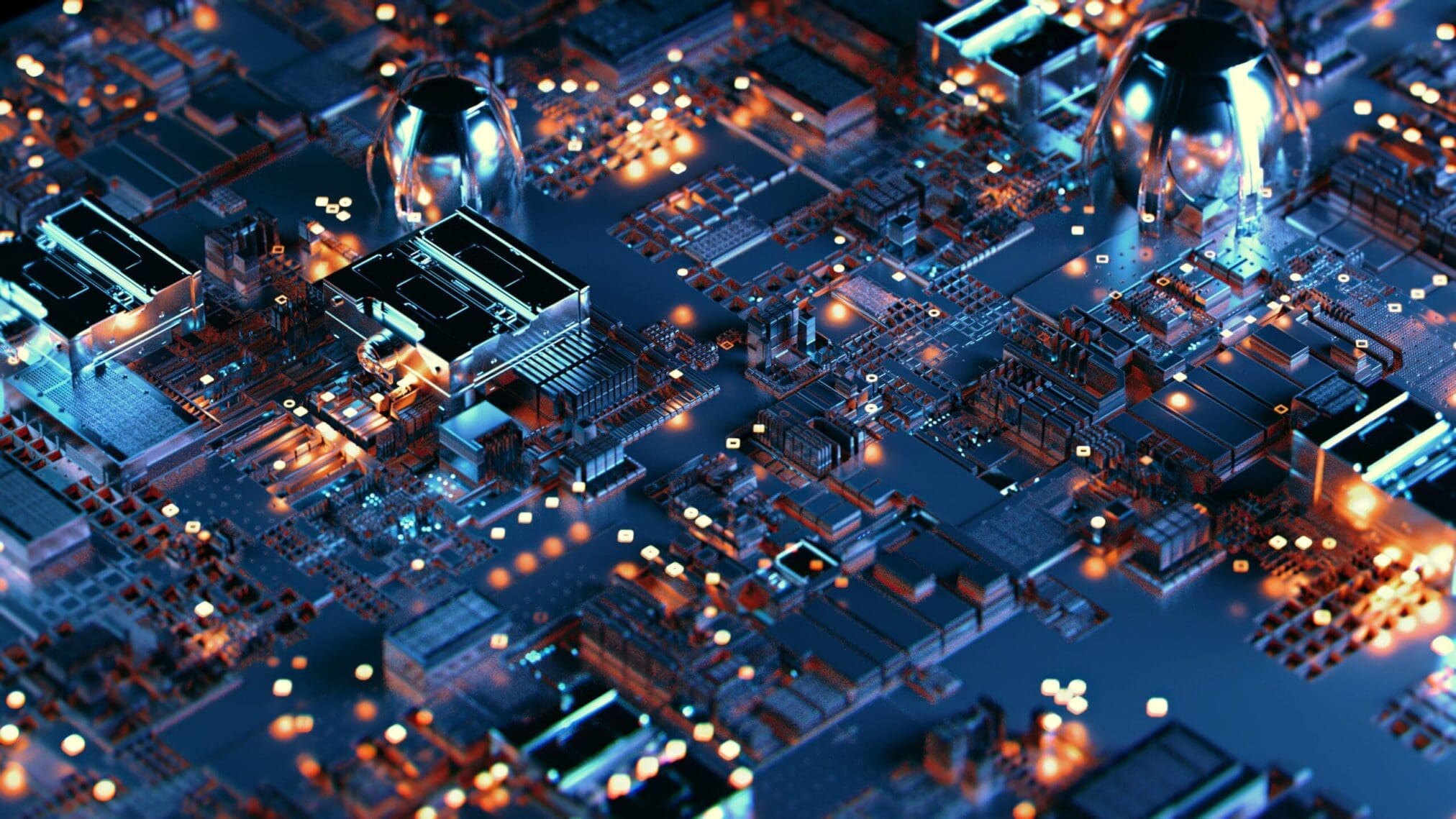A circular economy is an economic model based on using products and raw materials as long as possible. The model consists of reusing, recycling, repairing, sharing, leasing, and refurbishing products and their components. The aim is to reduce waste and fight global challenges such as pollution and climate change. The core idea is that when a product reaches the end of its life, its materials can be reintroduced in a new cycle, generating further value. In this context, economic operators have to comply with the WEEE Directive, the EU rules on treating waste electrical and electronic equipment.
The climate neutrality goal
The European Union has been implementing different plans and setting goals to boost the circular economy. In March 2020, for instance, the European Commission proposed a new Circular Economy Action Plan. The Plan’s goal is to build a strong product policy framework that will change the consumption patterns. Sustainable products and services will become the standard and a zero-waste policy will dominate the production and consumption. Together with other actions, recommendations, and environmental deals, the European Union plans to reach climate neutrality and a fully circular economy by 2050 at the latest.
Time to adapt to new production models
Already in 2021, the European Parliament called for a broad application of the Ecodesign Directive, a set of rules to improve the environmental performance of products. The proposal of the Parliament includes extending the Ecodesign Directive also to non-energy-related products, implementing the right to repair of consumers, and enhancing consumers’ information on the actual environmental impact of the products. There are certain sectors with a higher urgency to transform their economy model into a circular one: textiles, e-waste, food, plastics, water and nutrients, packaging, batteries and vehicles, buildings and construction.
The e-waste issue
In 2019, each EU inhabitant generated about 10 kilograms of electrical and electronic waste. Electronic devices and electrical equipment make up the fastest growing waste stream in the European Union, with only less than half being recycled. E-waste includes household appliances, IT and communication equipment, photovoltaic panels, but also medical devices and general consumer equipment such as lamps and cameras.
Contact us to stay informed on the most up-to-date changes and updates about electronic devices and electrical equipment.
Simona Varrella
Expert Consultant, Publications Department
24/03/2022
References:
European Parliament. (2022). How the EU wants to achieve a circular economy by 2050. Retrieved on 24/03/2022 from https://www.europarl.europa.eu/news/en/headlines/society/20210128STO96607/how-the-eu-wants-to-achieve-a-circular-economy-by-2050
European Parliament. (2021). Circular economy: MEPs call for tighter EU consumption and recycling rules. Retrieved on 24/03/2022 from https://www.europarl.europa.eu/news/en/press-room/20210204IPR97114/circular-economy-meps-call-for-tighter-eu-consumption-and-recycling-rules
European Parliament. (2020). E-waste in the EU: facts and figures. Retrieved on 24/03/2022 from https://www.europarl.europa.eu/news/en/headlines/priorities/circular-economy/20201208STO93325/e-waste-in-the-eu-facts-and-figures-infographic
Eurostat. (2022). Waste statistics – electrical and electronic equipment. Retrieved on 24/03/2022 from https://ec.europa.eu/eurostat/statistics-explained/index.php?title=Waste_statistics_-_electrical_and_electronic_equipment


